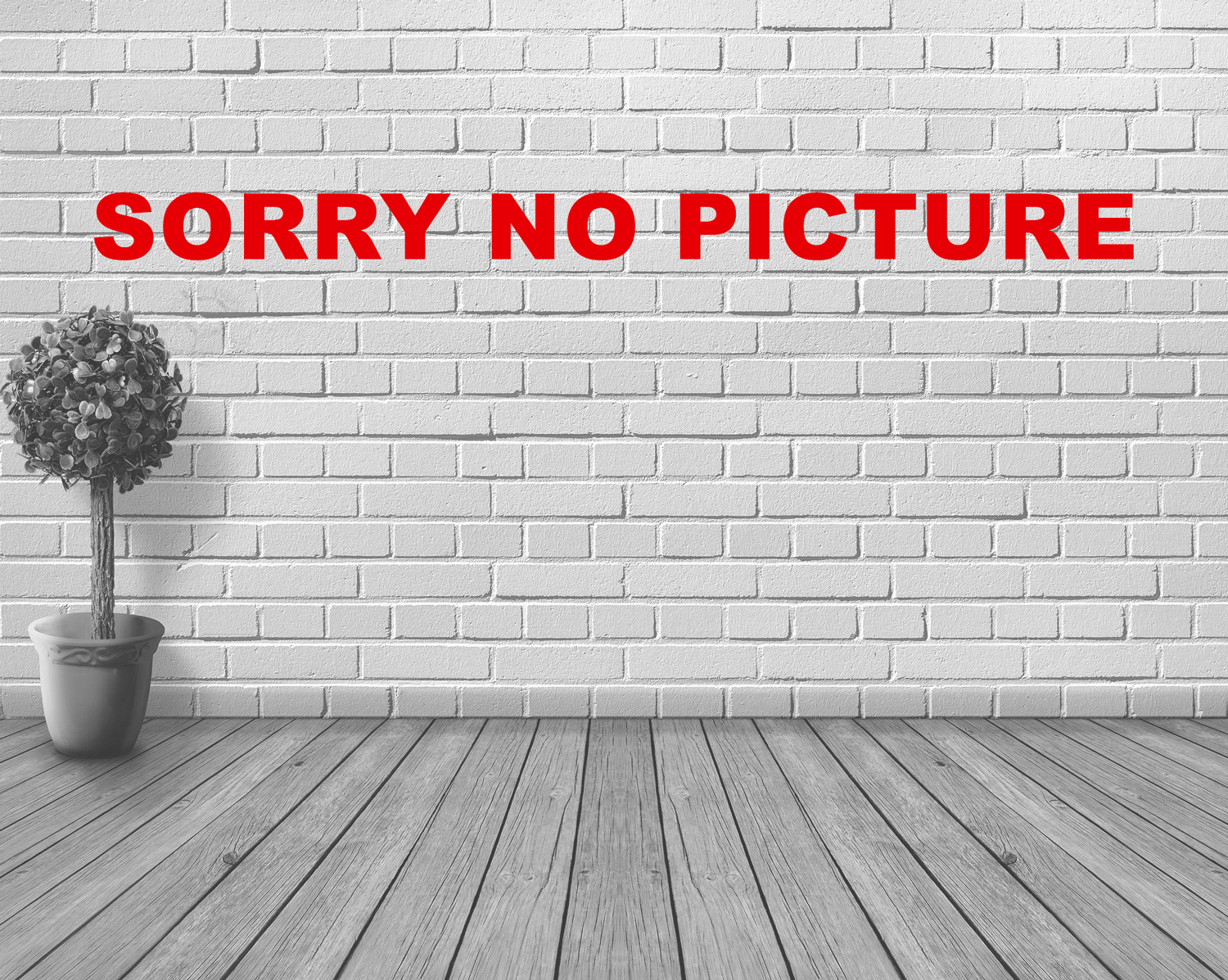A masterplan for built form and cultural landscape shows:. Brooks are carefully framed by urban edges, leading either in organic course of meandering or in geometrical course of strict direction into a large lake. This lake builds the focus of the new urban area for leisure and recreation. The respectful keeping distance of the urban edges from the watersides indicates that nature is intended to be restructured for the benefit of the environment and of people. A core urban area is located in the middle of the two brooks, surrounded by them and benefitting from the increase of watersides as locational attractions. The overall body of urban extension has also a very specific locational advantage, gaining from the gearings in between the urban and the landscape by individual parts of built form, stretching out into the landscape. A third very specific type of relationship between landscape and built form is defined by almost organically formed units of settlement, sitting like “isles” in the green open space. The open spaces are structured relative to their task for the urban extension. Framed by roads and built form, they are modestly greened by regular entrys of trees. Urban inner yards show regular groupings of trees as well. Trees at watersides are more freely planted. The large fields of landscape in between the brooks and the lake are sculptured by artificial elevations, like green dunes and their green valleys.
